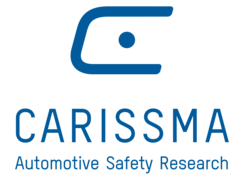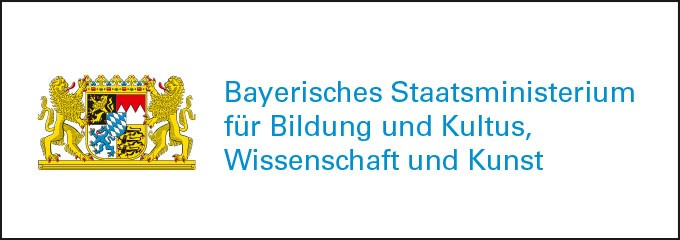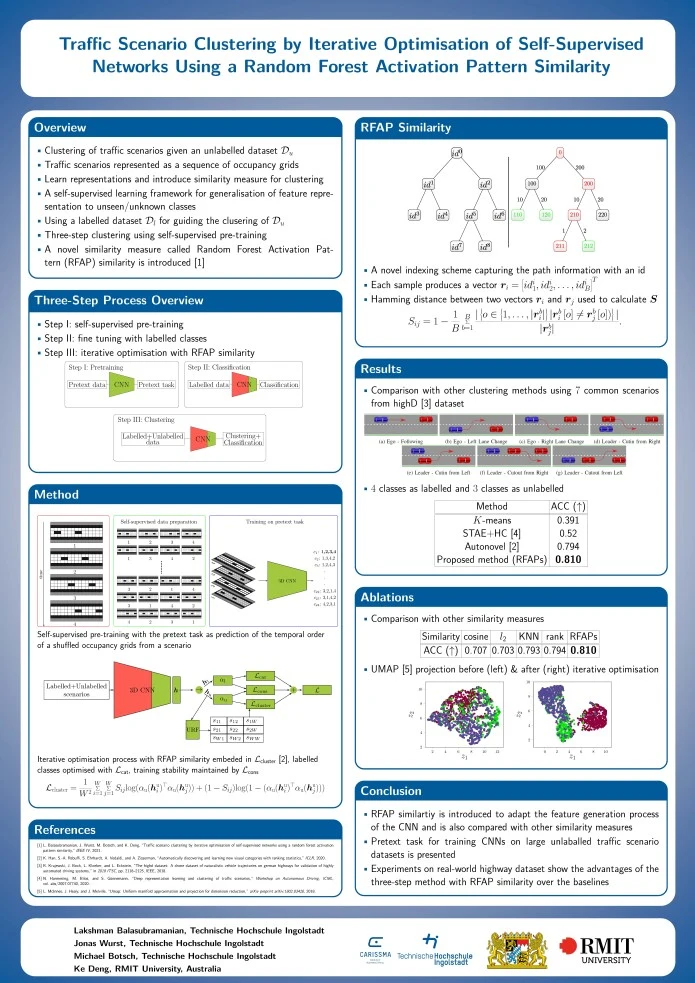The usage of machine learning in the field of vehicle safety is increasing as it can model complex relationships between inputs and outputs. The machine learning approaches used currently are mostly offline learning methods, where the model is trained and tuned in a remote computer before being implemented in a vehicle. The area of online learning methods, where the model parameters are adapted during operation, is still not extensively explored for vehicle safety applications.
The aim of this research is to explore online learning based approaches in order to calculate appropriate de-escalation maneuvers. The basic idea is that maneuvers for autonomous vehicles can be learnt by observing the behavior of human drivers, since similar traffic scenarios require similar reactions to maintain a safe and comfortable driving experience. As input to the machine learning algorithm a compact representation of a traffic scenario, which can be generated either from simulations or from sensors in real vehicles, is used. The target for the algorithm is the human’s driver action, which keeps the criticality of the scenario low.
The data generated from real vehicles with sensors like LiDAR, camera, and INS as well as the data from simulations are used to train a hierarchical machine learning architecture that combines offline and online learning methods (see Fig. 1). The learned maneuver decisions are transformed into steering-angle and pedal position signals using model-based trajectory planning algorithms. The explored methods will support the transition to level 4 autonomy of vehicles by computing trajectories that keep the criticality low.




![[Translate to English:] Logo Akkreditierungsrat: Systemakkreditiert](/fileadmin/_processed_/2/8/csm_AR-Siegel_Systemakkreditierung_bc4ea3377d.webp)








![[Translate to English:] Logo IHK Ausbildungsbetrieb 2023](/fileadmin/_processed_/6/0/csm_IHK_Ausbildungsbetrieb_digital_2023_6850f47537.webp)


